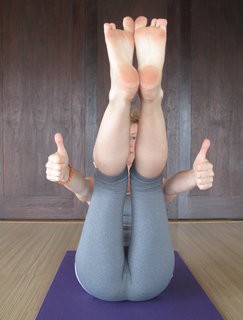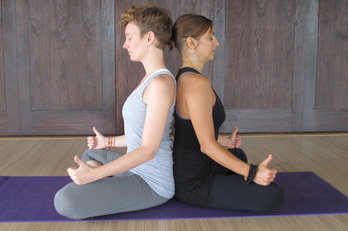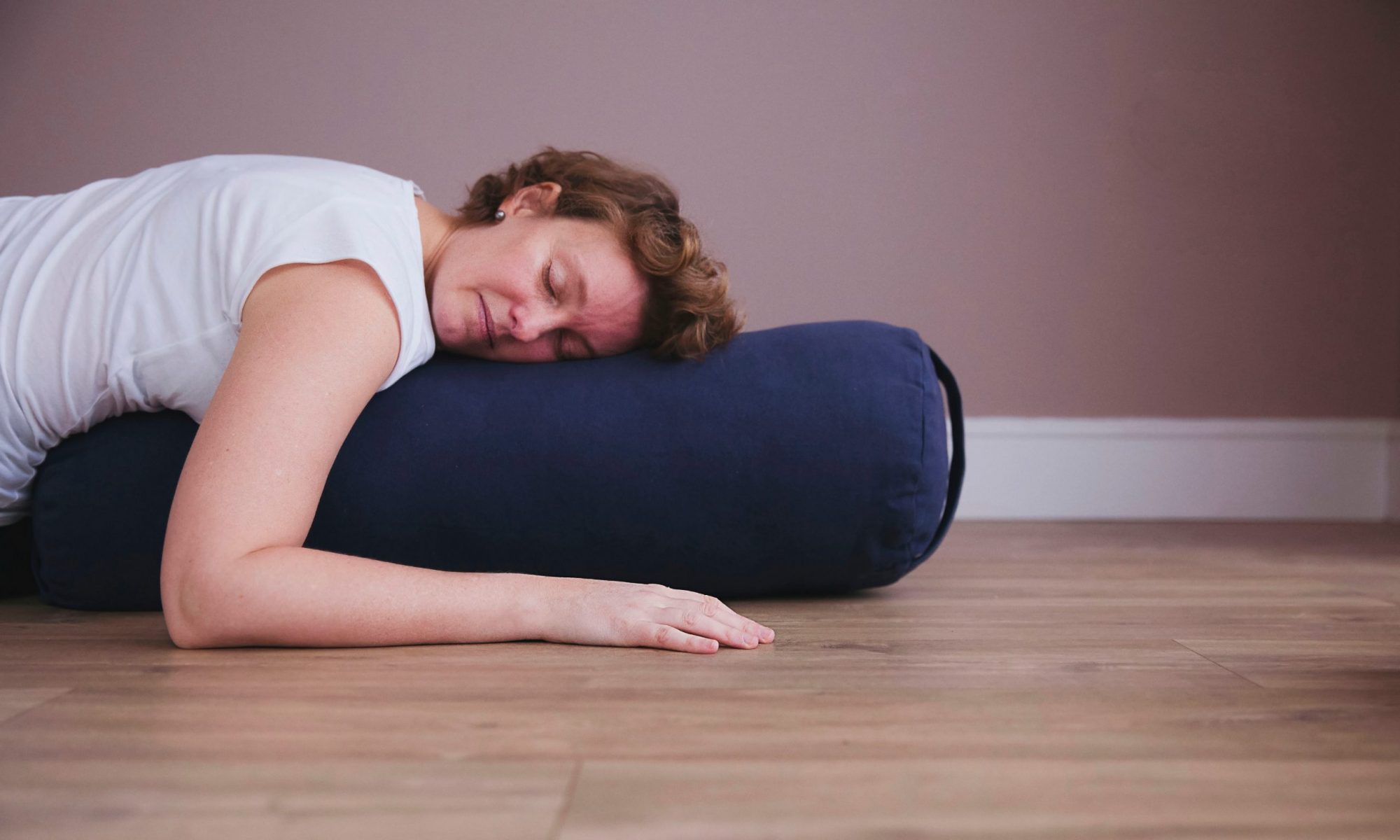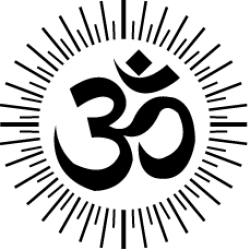 I am delighted to introduce a co-contributor, Laurie Brockhaus, for this very special and exclusive blog post. Laurie and I have recently made some yoga discoveries. Here we provide you with our ground-breaking research findings.
I am delighted to introduce a co-contributor, Laurie Brockhaus, for this very special and exclusive blog post. Laurie and I have recently made some yoga discoveries. Here we provide you with our ground-breaking research findings.
Last week on our teacher training course we were blessed to spend five days with Carlos Pomeda. We learnt about texts and learnings that are essential to yoga including the Bhagavad Gita and the Upanishads. Carlos shared some of the folk stories from the ‘Mahabarata’ or ‘The great story of India’.
He also talked us through the Hatha Yoga Pradipika – an important text that mentions the term ‘asana’ meaning a seated meditation posture, and ‘mudras’. Mudras are energy locks in the body and traditionally refer to mula bandha (a tightening of the pelvic floor), uddiyana bandha (a lock in the thoracic back), and jalandara bandha (chin lock). However, more generally, a mudra can be described as a gesture that often involves the hands and fingers.
Through further in-depth research, we have discovered a new mudra, known simply as thummudra. The mudra is characterised by bringing the four fingers in towards the palm and strongly engaging the thumb in an upward fashion. It is used by people with toe thumbs or Brachydactyly type D and draws more prominence to the feature. Thummudra helps toe-thumbed individuals draw more prana (vital energy) into the body and harness their personal power.
Below you will find a series of images showing how the mudra can be incorporated into a range of classical asanas. You will also find further information on the Indian folk legend that inspired the mudra.
Use of thummudra in asanas






Thumbvritta and her thousand stumpy thumbs
Here is the Indian legend that inspired the thummudra. As with many old Indian folk stories, its exact date of origin is unknown but it was probably being told around the same time that Shakespeare was writing in England.
The beautiful and clever Thumbvritta was well known in her Indian village for being the child who spent her days imagining and writing brilliant stories that entertained her family, friends and neighbours. As she grew up, she wanted nothing more than to pursue her love of writing by dedicating her life to studying with talented storywriting elders in the village.
Alas, perhaps due to an accumulation of bad karma in a previous life (or just the tradition of the time), at the age of 16 she was forced into an arranged marriage and had to accept her fate of service to her new husband’s family. This severely diminished Thumbvritta’s time for writing due to all the chores her evil tyrant mother-in-law expected her to do. She was always the first up in the morning and spent her days chopping, scrubbing, washing… her work was never done.
But she could not suppress her urge to write. Late at night, she would sneak from her husband’s bed and steal away to a small dark corner of the kitchen to draft her brilliant stories by ghee candlelight. One night, having grown quite exhausted from her chores, she fell asleep with biro in hand (yes, India has always been ahead of the game regarding writing implements). Early next morning, her demanding mother-in-law was shocked to discover her sleeping, rather than preparing the lentil dhal.
In a fit of rage she picked up a heavy iron pan and slammed it down on Thumbvritta’s right thumb. Thumbvritta screamed in pain and ran away from her husband’s home, determined to never go back. She ran the entire day until she finally collapsed in exhaustion alongside the sacred Ganga river. She allowed her throbbing thumb to rest in the cool water and feared that her thumb’s misshapen form would prevent her from writing. The healing waters of Ganga Ma stroked her injured thumb throughout the night and into the morning.
Thumbvritta awoke to find that not only was she no longer in pain, but she had grown a thousand (stumpy) thumbs, each glowing with the golden light of thousands of unwritten stories.
To this day, despairing people from all over the world visit the site on the Ganges where Thumbvritta grew her thousand thumbs. They wish to gain inspiration in finding a new path and to realise that personal power comes in unexpected forms. They also wish they had stumpy thumbs. Clare and Laurie are really lucky to have them.
Disclaimer: Please contact Laurie and Clare directly for academic references (we’ll cobble some guff together and send it to you).
Read Clare’s previous post about when she and Laurie realised they both had stumpy thumbs.

